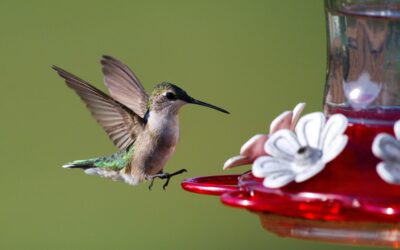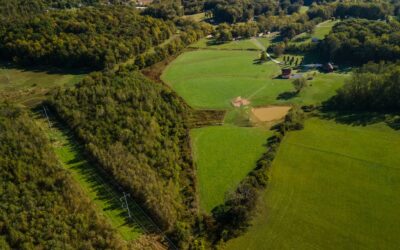Restoring Streams & Rivers
Why Streams & Rivers?
of Tennessee’s streams and rivers that have been assessed are polluted or their health is impacted, meaning they do not support their classified uses. Less than half have been assessed.
of Tennessee’s streams & rivers are not fit for human recreational use.
565
of river have public advisories for contaminated fish (as of June 2022).

Streams and rivers are some of the most important natural resources in the state.
Tennessee’s more than 60,000 miles of streams and rivers create habitat for numerous species of fish, mussels, aquatic insects, and much more. They also irrigate cropland and provide drinking water for people and wildlife across the state.
Historically, it was common to channelize streams and rivers or modify the banks and path of the water for agricultural purposes. Today, Tennessee Wildlife Federation is working to restore the natural channels and flow of streams and rivers across the state, which will improve water quality, create healthier ecosystems, and provide numerous opportunities for outdoor recreation.
What we do for streams & Rivers
11
of streams and rivers restored to their natural flow.
5
of monitoring to measure success and long-term viability of restored wetlands.
Are you a landowner?
Interested in learning if your land is a fit for habitat restoration?
Give
Your generosity helps manage wildlife populations and restore habitats for a more vibrant Tennessee.
More Habitat Restoration
Hummingbird Feeding 101
With summer on the way, hummingbird nesting season isn’t far behind. If you want to see more of these quick, curious birds in your yard, now’s the time to set up your feeder. Here are a few simple tips to get started.
Rebuilding Habitats One Tree at a Time
Whether revitalizing forests, stabilizing riverbanks, or creating wildlife corridors, planting trees helps rebuild ecosystems and support a diverse array of wildlife species.
Reviving Tennessee: Cane Creek
In 2017, Tennessee Wildlife Federation began its first wetland restoration project—a 12 acre site in the Cane Creek watershed in Putnam County. As of 2024, the site has undergone an amazing transformation and is now permanently protected under a conservation easement.



